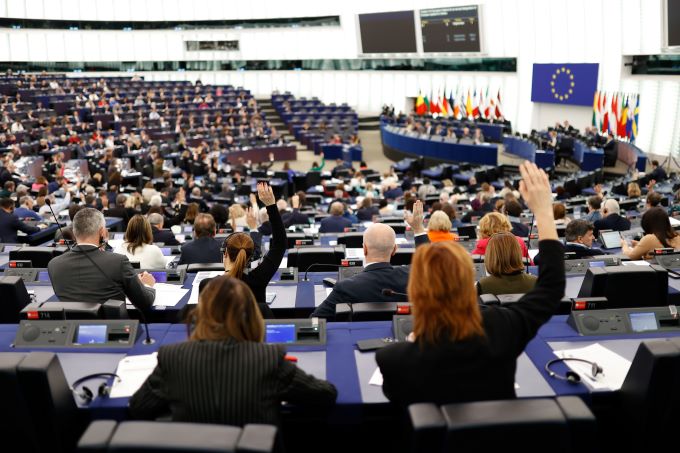In a vote on Thursday, MEPs adopted modernised EU design protection rules ready for technological progress and sustainable economy.
The European Parliament approved update of the EU design rules making them ready for the digital age as agreed with the Council on 5 December 2023. In reaction to the emergence of new technologies such as 3D printing and artificial intelligence, protection of EU design will apply not only to physical objects but also to those visualised in a graphic, apparent from the spatial arrangement of items and will include animations, maps and fonts. To prevent improper use, the protection will not apply to those designs reproducing aspects of cultural heritage, such as artefacts, natural or cultural monuments.
The European Commission proposed to update regulation and related directive on EU designs in November 2022 with the aim to encourage design innovation in the digital age. While changes in the regulation should make the process of protecting design rights in the EU more accessible and efficient, the directive aims to ensure approximation of national design systems and finalisation of the single market in repair spare parts. The Commission proposals are a reaction to the European Parliament resolution from November 2021.
System attractive for individual designers
Protection of an EU designs will be possible for up to 5 years and can be extended by one to four more five-year periods for up to 25 years. The new rules contain provisions on registration of designs, their renewal and alterations and adjust the amounts of registration and renewal fees. While registration fee amounts to 350 euro, renewal fees were adjusted to motivate individual designers and small and medium-sized enterprises (SMEs) to protect their designs. Fees for renewal of design protection will be from 150 euro per design for first renewal to 700 euro for the fourth renewal.
Shorter transition to sustainable spare parts market
Although the purpose of design protection is to grant exclusive rights to the appearance of a product, new rules ensure that this does not include design of components of complex products. This allows the consumers to choose freely between competing products that can be used for repair and ensures competition of spare parts in the single market. Yet, it will be possible for the component manufacturers to clearly state on the product commercial origin and identity of manufacturer of the component to enable the consumers to make an informed choice about their preferred spare part.
In order to protect the effectiveness of the liberalisation of the spare parts market, EU countries still protecting design of spare parts will have to withdraw that protection. MEPs ensured they would have to do it within the transitional period of eight instead of ten years.
“This legislative overhaul will make it possible to modernise the protection of designs and models, which is already more than twenty years old, by adapting it to the emergence of new technologies such as the three-dimensional printer. It will also make it possible to liberalise the spare parts market for the benefit of consumers, thanks to the introduction of a “repair clause”,” said lead MEP Gilles Lebreton (ID, FR) following the plenary vote.
The updated regulation was approved with 447 votes for, 14 against and 66 abstentions and the directive with 455 voted for, 7 against and 68 abstentions. Both regulation and directive will enter into force on the twentieth day following that of their publication in the Official Journal. The regulation will start to apply after 4 months and member states will have 36 months to transpose the directive into their national systems.

